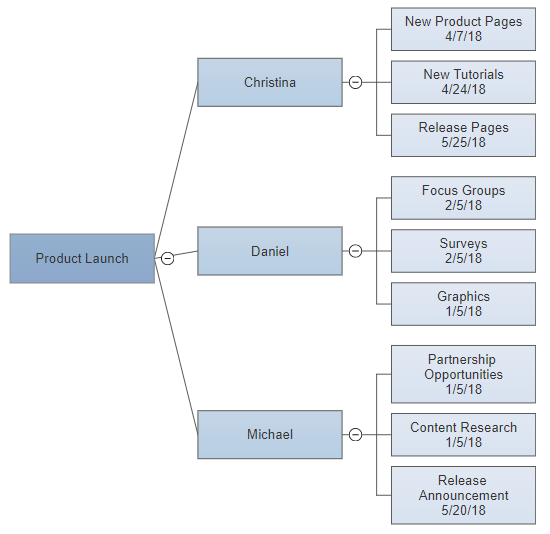Meetings are an essential part of every organization. Whether they're team check-ins or department updates, the routine meetings held every week or every month are the hardest to get fired up about. Engaging, productive, and valuable meetings require a clear goal, open dialog, as well as a strong leader to manage the meeting effectively.
Meetings can be efficient and effective. Otherwise, why would more than 11 million meetings take place every business day in the US alone?
The problem is many of them aren't as productive as they should be.
If you find that your meetings aren't achieving what they should, here are five things you can do to get better results in half the time.
1. Set the Goal or Purpose of the Meeting
Unfortunately, many meetings don't have a clear purpose. Not only should every meeting have a stated purpose, but you should be concise enough to tweet.
Note that this key point reads "purpose." Too many meetings try to accomplish too many things. There may be various topics, but the meeting should always have a single purpose.
Often, the purpose of the meeting is something that doesn't require a meeting at all. Perhaps an email will suffice.
Make sure to state the purpose of the meeting in the invitation, and again verbally at the start of the meeting. This way, everyone knows why they're there and where their focus should be directed.
2. Invite Only the Relevant Stakeholders
Far too many meetings involve people who aren't essential to the purpose or outcome of the meeting. Think of every potential invitee as someone you are "hiring" for this particular event. Is their time more valuable in the meeting or is it better spent working on something else?
If the meeting involves decisions, then invite only those who have a key role in the decision-making process.
Again, this goes back to the purpose. Keep the achievement of that purpose clearly in mind and let it drive these decisions.
3. Prepare an Agenda and Schedule
Don't schedule a meeting unless you have an agenda and a time schedule. Otherwise you risk wasting time.
Using a visual meeting agenda is a proven method for planning, conducting, and tracking meeting progress. SmartDraw has ready-made templates that make this quick and easy to do.

It's a good idea to share this visual agenda with all attendees in advance of the meeting. Map out discussion topics and decisions to be made.
Stick to the agenda. Any sidebar discussions should be taken offline and discussed later. Keep discussions on track and focused on the meeting's purpose.
4. Get Productive Input
A meeting is designed for open communication, so it is critical to get honest input from those attending. It's the responsibility of the meeting leader to make sure everyone is heard. To encourage open discussion, avoid wearing your opinion on your sleeve—it is quite easy for a leader to stifle a discussion if everyone assumes that the outcome is already determined.
Make sure that key ideas and decisions are written down. Do this visually, so that everyone can see the developments as they occur. The leader of the meeting or someone else should be designated to do this. Why is this important? Because everyone in the room (or online) can see what's being logged. It limits miscommunication and misunderstanding and promotes accountability.
5. Close with a Plan of Action
Conclude the meeting by briefly summarizing the decisions and outcome. Make sure that the purpose of the meeting has been achieved.
Follow up with a written meeting brief. Make sure that decisions and action items are added to the agenda map. Share it in your meeting brief.
If a follow-up meeting is necessary, this document now serves as a starting point, so time won't be wasted back-tracking on things already covered.
SmartDraw makes diagramming easy